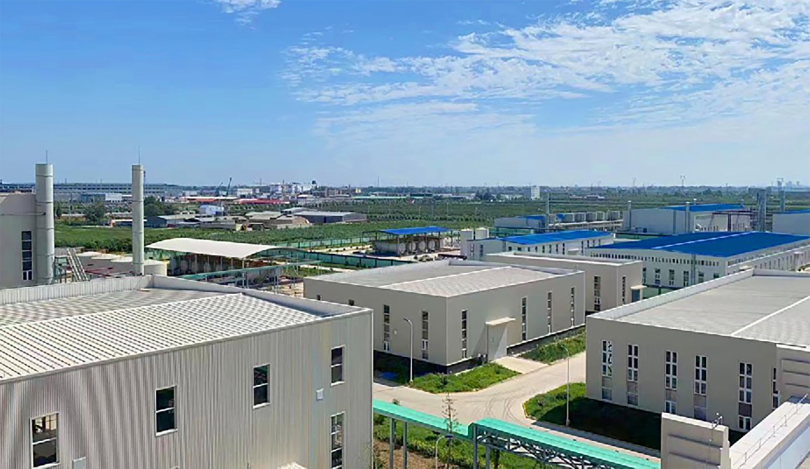
Sep . 26, 2024 04:36 Back to list
Exploring Various Types of Redispersible Polymer Powders for Diverse Applications
Redispersible polymer powders (RPPs) are essential materials used in various construction applications, notably in cement-based systems, tile adhesives, and plasters. These powders are derived from polymer emulsions that have been spray-dried. Once rehydrated with water, they can restore their original properties, enhancing the performance of building materials. There are several types of redispersible polymer powders, each with its unique characteristics and applications.
One of the most common types of RPPs is based on styrene-acrylic copolymers. These powders are known for their excellent adhesive properties and flexibility, making them suitable for use in tile adhesives and flooring compounds. They also improve the workability and open time of the formulations, which is crucial during the application process.
Another widely used category is vinyl acetate-ethylene (VAE) copolymer powders. VAE RPPs are characterized by their high water resistance and good processing properties. They are particularly favored in exterior applications, such as waterproofing membranes, where durability and resistance to environmental stress are critical. VAE powders also contribute to the overall strength of the composite materials, ensuring longevity and reliability.
Polyvinyl acetate (PVA) is another type of redispersible polymer powder that finds its application in various adhesive formulations
. PVA RPPs are known for their excellent film-forming capabilities, which help in creating a strong bond between different substrates. This type of polymer powder is especially useful in applications that require quick setting times and good initial tack.redispersible polymer powder types

Additionally, polyacrylate-based RPPs are gaining popularity, particularly in self-leveling compounds and decorative plaster systems. These polymers offer outstanding flexibility and resilience, which allows them to absorb stresses that might occur in the substrate, thereby reducing the risk of cracking.
The choice of redispersible polymer powder can significantly impact the performance of construction materials. Factors such as adhesion, flexibility, water resistance, and overall durability must be considered when selecting the right type for a specific application. As the construction industry continues to evolve, the demand for advanced redispersible polymer powders will likely increase, driven by the need for high-performance materials that meet modern construction standards.
In conclusion, the diverse types of redispersible polymer powders play a crucial role in enhancing the properties of construction materials, driving innovation and efficiency in the industry.
-
Versatile Hpmc Uses in Different Industries
NewsJun.19,2025
-
Redispersible Powder's Role in Enhancing Durability of Construction Products
NewsJun.19,2025
-
Hydroxyethyl Cellulose Applications Driving Green Industrial Processes
NewsJun.19,2025
-
Exploring Different Redispersible Polymer Powder
NewsJun.19,2025
-
Choosing the Right Mortar Bonding Agent
NewsJun.19,2025
-
Applications and Significance of China Hpmc in Modern Industries
NewsJun.19,2025







